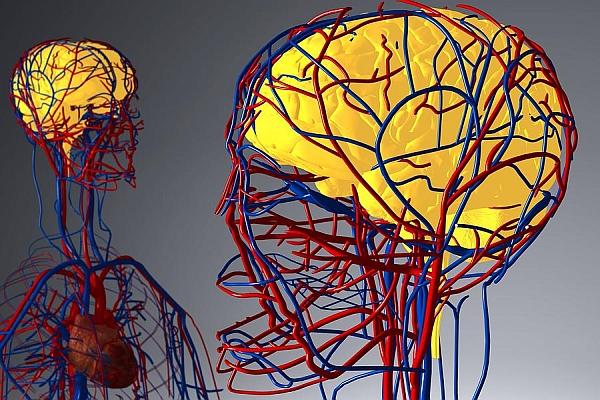Published on the 28/10/2016 | Written by Donovan Jackson

The IT industry has a habit of banging on about new technology that will disrupt markets, but the reality is that it is humans that do the disrupting…
Typically, we tend to talk of digital disruption in terms of technology systems and platforms to enable digital experiences (and we would, wouldn’t we). But, coming at it from a different angle, is a new digital-age consulting firm Human Centred Business Institute (HCBI).
Co-founder Hamish Wilkie explained that the company engages with its clients to examine where and how digital disruption might occur, what sort of impact it is likely to have, and how your business can take action to either become a disruptor, or cope in a disrupted environment. And it does it from the perspective of people; specifically, customers.
“The important thing is that disruption isn’t necessarily driven by your competitors or your industry. It is driven by customers and the experiences they have elsewhere,” said Wilkie.
The ‘elsewhere’ being during the course of their (our) days engaging with brands across the spectrum. Whether it is on social media, from any one of various service providers or in the interactions you have in store or online; “those experiences shape expectations for how you want to be treated by other service providers,” he said.
“You can order a tennis racquet [from overseas], see when it is picked and packed, when it leaves the warehouse, when and where it is in transit, all the way practically to your front door. But you order 60 tonnes of steel and you have no idea where it is until it arrives at your building site.”
That right there is the experience gap; it is in this gap that the disruptors get to work and where they find the fertile soil which can give root to the growth of business models that undermine incumbents, particularly if those incumbents cling, like the taxi industry, to a ‘it’s how we’ve always done it’ mentality.
Wilkie’s partner in HCBI is Todd McLeay. McLeay has made a career of bridging the divide between left brain analytical types and right brain creatives. “You can give a customer process to a left-brainiac and they will tell you exactly how it could work, but it will lack creativity, it will be missing the secret sauce that takes it from being functional to effortless and awesome.”
McLeay cited an example from recent travels in the US. Confronted with a $50 extra baggage fee at an American Airlines check-in console, he was ready to take on the nearest assistant. Just as the blood pressure was rising, the console popped up with an upgrade offer to first class. “They had worked out my state of mind at that exact moment – in a heartbeat I went from pissed off to willing to spend a bit extra in return for free booze, a comfy seat and a ‘free’ bag.”
Putting the same challenge to a creative agency isn’t the solution either, said McLeay. “They think creativity will solve everything and while the result might look beautiful, you won’t be able to do what you need to do.”
Wilkie, probably the more left-brained of the pair, said HCBI focuses on customer journeys independent of technology when it engages with clients, mapping the experience and showing up the gaps which emerge. It has boiled it down to a seven step programme, components of which include business and customer discovery, ideation, inoculation, workshopping and review.
Sounds a bit like business process re-engineering? “We don’t focus on the process; instead, we analyse the customer journeys and provide insights which allow the organisation to contextualise and compare. From that emerges a set of potential actions which can be taken, from the low-hanging fruit of making immediate improvements, through to medium- and long-term goals.”
Just as disruption isn’t bound by company or industry, Wilkie said the engagements (which typically last from three to five weeks – “We’re not looking to get married,” he noted) are applicable to companies across the board concerned about their place in a disrupted world.
But how can HCBI’s consultants possibly advise on businesses where they don’t have direct vertical knowledge? “That is, in many respects, an advantage. Our expertise is in understanding customer journeys, customer experience, changing expectations and the broader environment. That allows a view unconstrained by the limitations which may come with being in any given industry.” Seeing the wood, then, instead of the trees.
“You really need to get inside the head of the customer and empathise with their objectives. It’s not a mapping exercise. It takes imagination and creativity to really look at it properly from a customer’s perspective,” added McLeay.
It is a message which is resonating with corporate New Zealand. “What we are finding is that awareness of the potential for disruption is high. The senior executives of local companies know this is happening and that they need to seek an understanding and have a responsibility to take action.”




























A very insightful article. I like the foundation premise to the article, that it is the human person who is the disruptor re their experience and the individual transfers this disruptive experience or insights to other spheres.